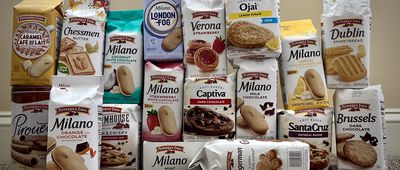Flaming Cheetos In Danger
If your snack drawer looks like a bag of highlighters, enjoy it while you can. The FDA just announced it would be phasing out petroleum-based synthetic dyes from the U.S. food supply by the end of 2026. This includes common additives like Red 40, Yellow 5, and Blue 1 — the dyes behind the bright colors in snacks, drinks, and cereals.
Here is everything you need to know.














